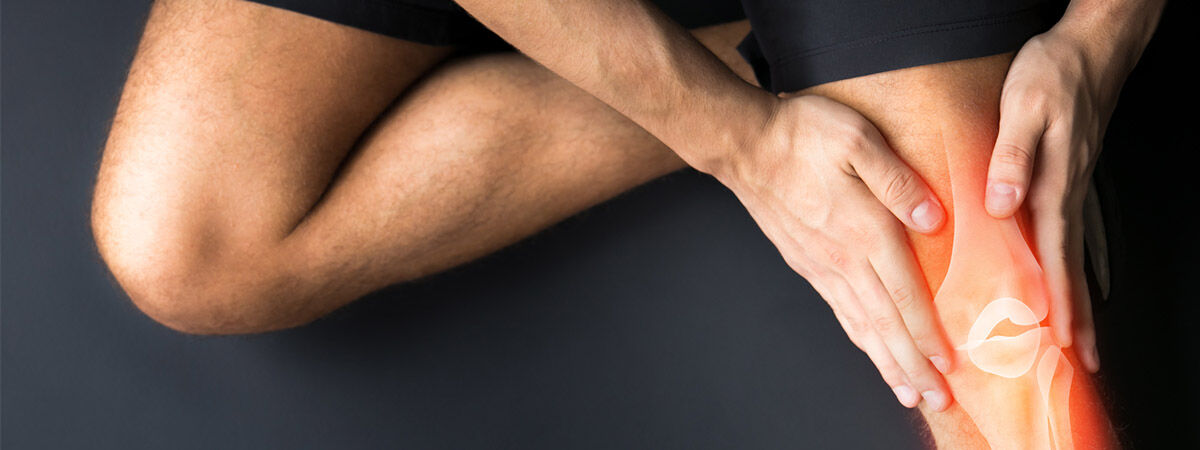Determining the recovery response to muscle-damaging exercise when in a state of low energy availability.

Researcher
Research background
The benefits of regular physical activity are irrefutable, with substantial evidence indicating enhanced cardiovascular, musculoskeletal, metabolic, and mental health.
However, individuals who are active (including athletic populations) and regularly participate in intensive training sessions and competitive situations are at risk of muscle damage.
Exercise-induced muscle damage (EIMD) is characterised by mechanical damage to the musculature followed by an inflammatory response, and occurs most commonly following eccentric biased and/or unaccustomed activities.
This results in a number of symptoms including a decline in neuromuscular function, reduced range of movement and increased muscle soreness and systemic markers of EIMD.
Though temporary, these symptoms can be relatively long-lasting, and importantly have the potential to interfere with subsequent physical activity.
Why is this research needed? - Combating low energy availability
Many physically active individuals and athletic groups have a low energy availability (LEA) due to reduced energy intake, increased energy expenditure, or a combination of these practices.
As well as impaired physical performance, there is a substantial evidence demonstrating that LEA can result in medical complications involving (but not limited to) reproductive, skeletal, renal, cardiovascular, and central nervous systems.
Why is this research needed? - Investigating EIMD
No research to date has explored whether the EIMD response differs in those with LEA compared to those with adequate energy availability.
This is surprising given that restricted eating behaviours and inadequate energy intake, can compromise glycogen storage capacity, and muscle protein synthesis; both essential for exercise recovery.
It is important to understand whether LEA influences the severity or duration of EIMD, so dietary and exercise practices can be manipulated to limit the effects of EIMD.
How will this research be carried out?
The aims of the research projects associated with this area of study are to:
- Determine the recovery response to muscle-damaging exercise when in a state of low energy availability;
- Compare this response against those who have an adequate energy availability;
- Determine whether there are sex differences associated with the exercise-induced muscle damage response when in low-energy availability.